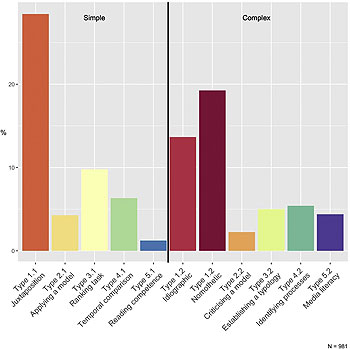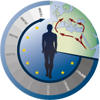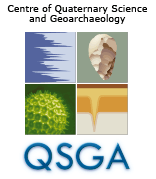Within the past year, we (Project Z4) centred our efforts on a large scale analysis of geography textbooks intended for secondary schools from England, Germany and France. Our goal was to explore to what extent textbook promote comparison in textbook tasks and to what purposes they use comparison in tasks.
Our first article explored what the objectives of comparison in geography textbooks are. Very often, in geography science, comparison is used to draw larger conclusions or general rules in inductive ways; or to better understand the specificities of examples. Comparison is also often used to compare periods in time, build models or typologies. Did geography textbooks also have these objectives?
The answer is: only partially! Textbook tasks also implement inductive processes and try to help the students formulate rules or derive explanations. However, many tasks are too simple and are intended only to raise the students’ interest or to reproduce information. In the textbooks from the three countries we studied, few tasks have interesting goals or lead to interesting outcomes. Many tasks also fail to bring argumentation or reflection in the comparison process.
The results of this first article are now published and available here: https://www.cell.com/heliyon/fulltext/S2405-8440(20)31264-0
Reference: Simon, M., Budke, A., Schäbitz, F. (2020): The objectives and uses of comparisons in geography textbooks: results of an international comparative analysis. – In: Heliyon, Vol. 6(8), p: E04420, DOI: https://doi.org/10.1016/j.heliyon.2020.e04420
Text: Marine Simon
Marine Simon is a PhD-candidate in the Z4-project. She is interested in Geography Education and Migration Studies.
 Distribution of comparison task goals in the international textbook analysis (Simon et al. 2020) Distribution of comparison task goals in the international textbook analysis (Simon et al. 2020) |








